Car accidents are a daily occurrence and you always run the risk of experiencing one when you get behind the wheel. That said, you have several strategies you can use to help mitigate your chances of a car crash. One of these is to understand what situations make an accident more likely.
In particular, a large percentage of car accidents occur at intersections. Brian White, a Houston car accident lawyer, notes that “every year, thousands of motorists, bicyclists, and pedestrians are injured – and hundreds more are killed – at intersections in Houston.”
This is true for intersections in every city across the country. Unfortunately, there are several factors affecting intersections that make them challenging to properly comprehend and react to.
To improve your safety around intersections, we’ll point out a few useful tips for avoiding an intersection accident below.
Understand Crash Points
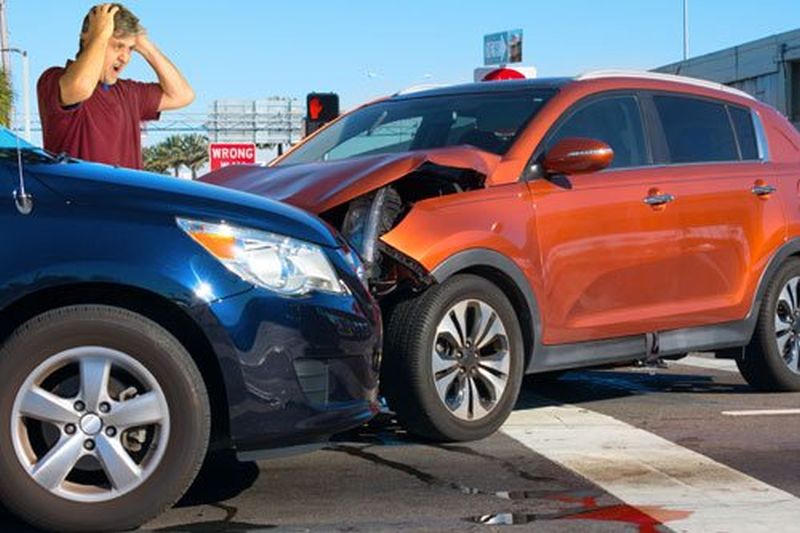
A good starting place is to understand the crash points of intersections.
In particular, you should focus on where you may get hit depending on each direction that you move. Whether driving straight or turning, there are several different locations a car may hit you from.
When going straight, cars can either hit you if they are going the opposite direction and turning left in front of you or if running a red light and driving perpendicular to you (in either direction).
If you’re turning left, you can get hit by cars going straight in the opposite direction. Cars driving perpendicular to you can also hit you if they run a red light and try to go straight or turn.
If you’re turning right, your main concerns are cars traveling in the lane you’re turning into. Alternatively, someone in the lane going the other direction may take an unexpected U-turn and hit you.
A final consideration for turning is to always watch for pedestrians crossing the road. You may be so focused on cars that you neglect to see someone in the crosswalk.
As you can see, there are many different crash points to consider. Effectively understanding them and when you may be at risk of getting hit will help you mitigate these situations and learn how to handle them.
Make Left Turns Cautiously
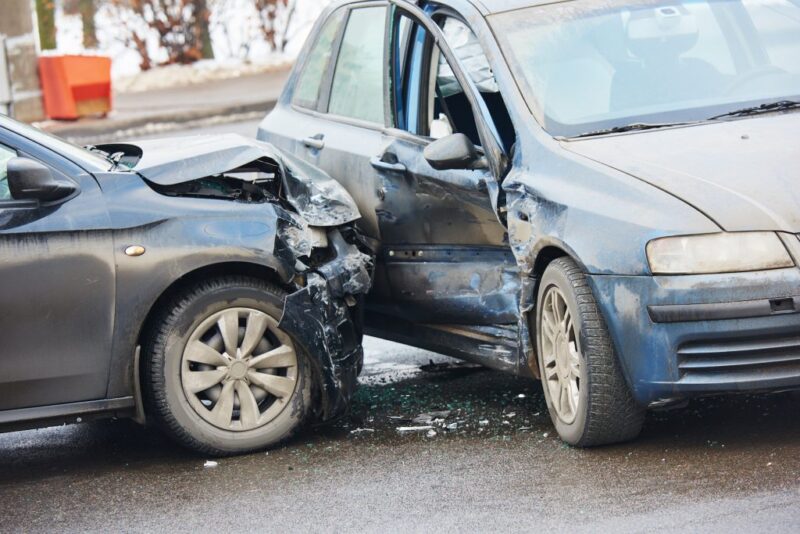
A crash point you should be focusing on is left turns. Specifically, you should make all left turns cautiously.
Left turns tend to be particularly problematic because they often involve a judgment call. Many multi-lane roads that allow left turns will permit you to turn once traffic safely allows it. This is usually indicated by a flashing yellow arrow on the traffic signal.
The issue here is that not all drivers have solid judgment. They may miscalculate how quickly an oncoming driver is traveling or underestimate how long it takes them to clear the intersection.
To be fair, this can be hard to determine, especially when distance is involved. That said, there is no excuse to get hit by an oncoming car when you’re turning left.
Your safest bet is to either wait for an overly clear window to turn or for the light to turn yellow. Especially if it’s busy, you may be relegated to the second option. This is fine as you’ll often have time to turn after oncoming traffic stops.
One thing to keep in mind with this is that many drivers will try to beat a yellow light. When you expect them to slow down, they may be speeding through the intersection. Always carefully watch for this and don’t turn if you see a car with no intention of stopping.
Watch Your Surroundings
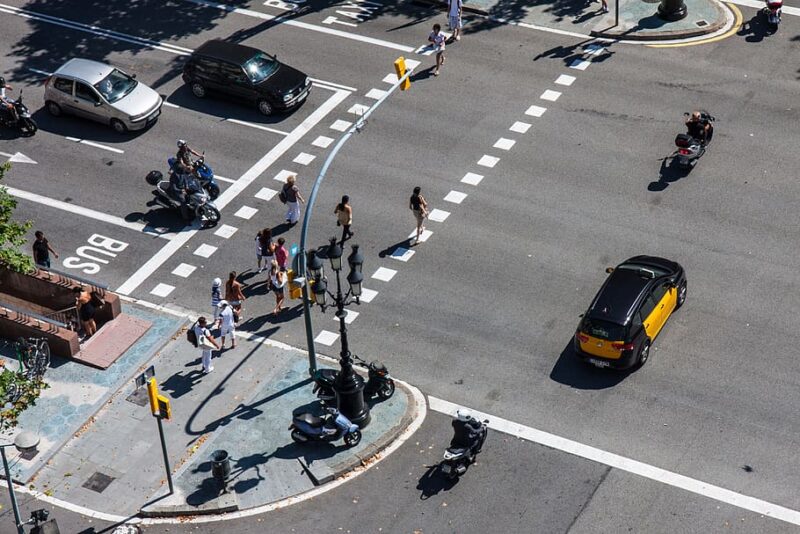
When approaching and stopping at an intersection, ensure that you thoroughly watch your surroundings.
This particularly applies to when you’re stopped. You should also do it as you travel through an intersection, but this can be harder to do when you’re going at speed and need to focus on the road in front of you.
When you aren’t driving, it can be tempting to check your phone or space out. However, this is a big mistake because it means you aren’t processing your surroundings.
If you understand what’s going on around you, then you’ll know what you need to do to ensure your safety. An excellent example of this is being the first car at a red light.
By watching all lanes of traffic, you can detect if someone is going to try and run a red light. You can also keep an eye on their traffic signal and see if they have a reasonable amount of time to stop.
Using this information, you can delay accelerating despite the light turning green to avoid a T-bone accident. Many accidents like this are avoidable if you are always watching the road and have a pulse on what’s happening.
Avoid Assumptions
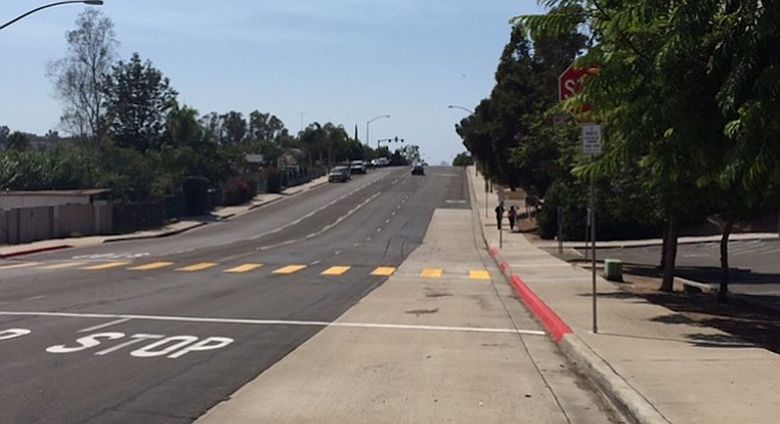
Another important tip is to avoid making any assumptions about what other drivers will do.
Driving certainly isn’t easy to do, so it can be tempting to take shortcuts. One of these shortcuts is assuming what others will do rather than proceeding with caution and waiting for their move.
This is another glaring error because drivers are unpredictable. Just because someone has a turn signal on does not mean they are going to turn. Wait for them to physically start turning before you let off the brakes.
This logic can be applied to any situation with other drivers. They might change lanes unexpectedly, brake suddenly, or turn out in front of you.
The only assumption you should make is that other drivers will make mistakes. Beyond that, take nothing for granted and minimize the number of unnecessary risks you take.
Be Predictable
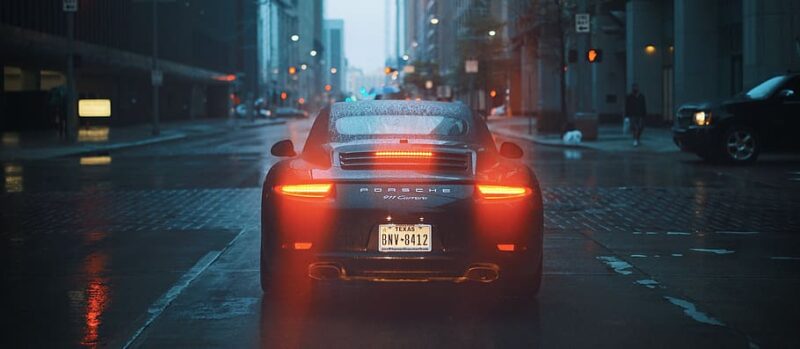
Lastly, you should always be predictable when near an intersection.
As touched on above, other drivers can be unpredictable. You need to avoid adding to this by being predictable yourself.
When you’re unpredictable, other drivers don’t expect you to do what you’re doing. Unfortunately, many other drivers do make assumptions about what you’ll do. With this in mind, you should make yourself predictable to avoid an accident from their incorrect assumptions.
This comes down to communication. It can be hard to communicate from within a vehicle, but there are a few ways to do it.
First, you should always use your turn signals. This is the universal sign that you are turning and many people will expect it.
Second, you should brake proactively. This will activate your brake lights, which tells the person behind you that you plan to slow down. A few light pumps to slow you down before your full brake can greatly reduce the chance of a rear-end collision.
Finally, you should travel at a consistent speed. This shows that you know what you’re doing and gives other drivers the ability to pass you if needed.
Don’t make any sudden movements because you’ll rely on other drivers to react to avoid an accident. Your goal is to eliminate any blame you share in an accident, which includes being responsible for your safety at all times and not putting it on others.
Closing Thoughts
A place where many car accidents happen is at intersections. With so many cars traveling in different directions, they are overwhelming and can be hard to properly understand.
Despite this, you must do your best to avoid an accident at an intersection. You can do this by understanding crash points, making left turns cautiously, watching your surroundings, avoiding assumptions, and being predictable.
You can’t avoid every crash, especially if other people aren’t paying attention. What you can do is make your odds of getting into one less likely, which starts with practicing extra caution at intersections.


